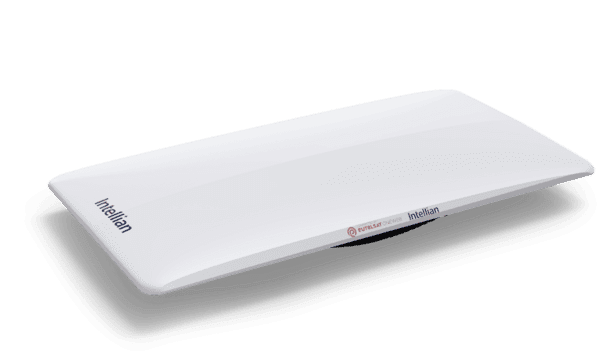Parker XRF6111 XRF Analyser
Technical Specification
- Make: Parker
- Model code: XRF6111
- Application: Fuel oil testing
- Measurable elements: Sulphur
- Test time: 130 second
Testing at sea, offshore or on land, as a lightweight, portable and self-contained X-Ray Fluorescence (XRF) spectrometer, the XRF Analyser enables in-situ lab standard testing of fuel oils at sea or on land. The XRF Analyser can, for example, be used in the engine room or control room of a ship to test the Sulphur content of fuel oil as it is being delivered. Checking the fuel during delivery allowing ships personnel to verify that the Sulphur content shown on the bunker delivery note is correct, thus eliminating the risk of accidental non-compliance.The XRF can be used by suppliers, brokers, surveyors and producers of bunker fuels. Faster and more accessible testing means that the XRF Analyser allows fuel oils to be tested more frequently and conveniently compared to sending samples to a laboratory. By allowing test results to be downloaded, or storing them for up to two years, the XRF Analyser also plays an important role in helping vessel operators to manage compliance audits more efficiently.In addition to measuring the Sulphur content in fuel oils, the XRF Analyser can be used to measure a range of other elements that are common contaminants which can affect lube oil performance and indicate accelerated wear conditions. Wear elements measured by the Parker Kittiwake XRF Analyser and their likely sources on board a ship (if any).The XRF Analyser combines simplicity with accuracy. Its standalone operation means that it offers immediate plug-and-play operation. Integrated into the small, lightweight housing is a high-resolution LCD touch-screen display which enables fast operation and delivers clear results.The operator simply draws the sample of fuel oil from the ship’s system into the sample container, places it in the XRF Analyser and presses the test button. As the sample is not damaged or altered during testing, it can be retained for any additional sample analysis. The result of the test is displayed percentage of Sulphur in the sample. This helps to avoid ambiguity and human error by eliminating the need for the operator to interpret the test data.
Read more| Make | Parker |
|---|---|
| Manufacturer | PARKER HANNIFIN CORP |
| Category | Navigation, communication and electronics>Condition monitoring equipment |
| Model code | XRF6111 |
| Application | Fuel oil testing |
| Measurable elements | Sulphur |
| Test time | 130 second |
| Power supply | 9 V DC |
| Type of outputs | Signal Output: RS233 |
| LCD screen | Yes |
| Dimensions | 258 x 258 x 212 mm |
| Weight | 4.5 kg |
| Operating temperature | 15 ~ 30 °C |
| Additional info |
Testing at sea, offshore or on land, as a lightweight, portable and self-contained X-Ray Fluorescence (XRF) spectrometer, the XRF Analyser enables in-situ lab standard testing of fuel oils at sea or on land. The XRF Analyser can, for example, be used in the engine room or control room of a ship to test the Sulphur content of fuel oil as it is being delivered. Checking the fuel during delivery allowing ships personnel to verify that the Sulphur content shown on the bunker delivery note is correct, thus eliminating the risk of accidental non-compliance. |
| Download PDF version Download PDF version | |










